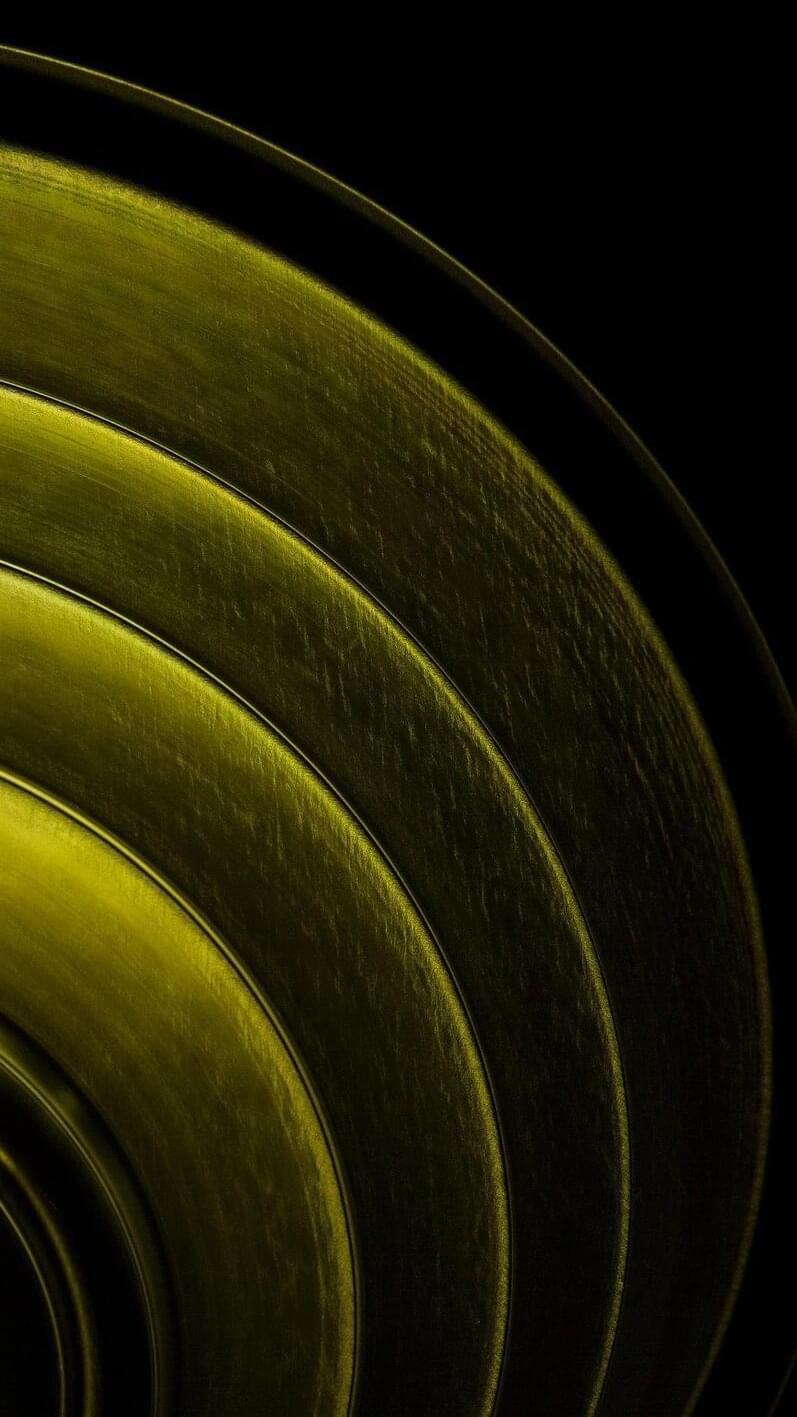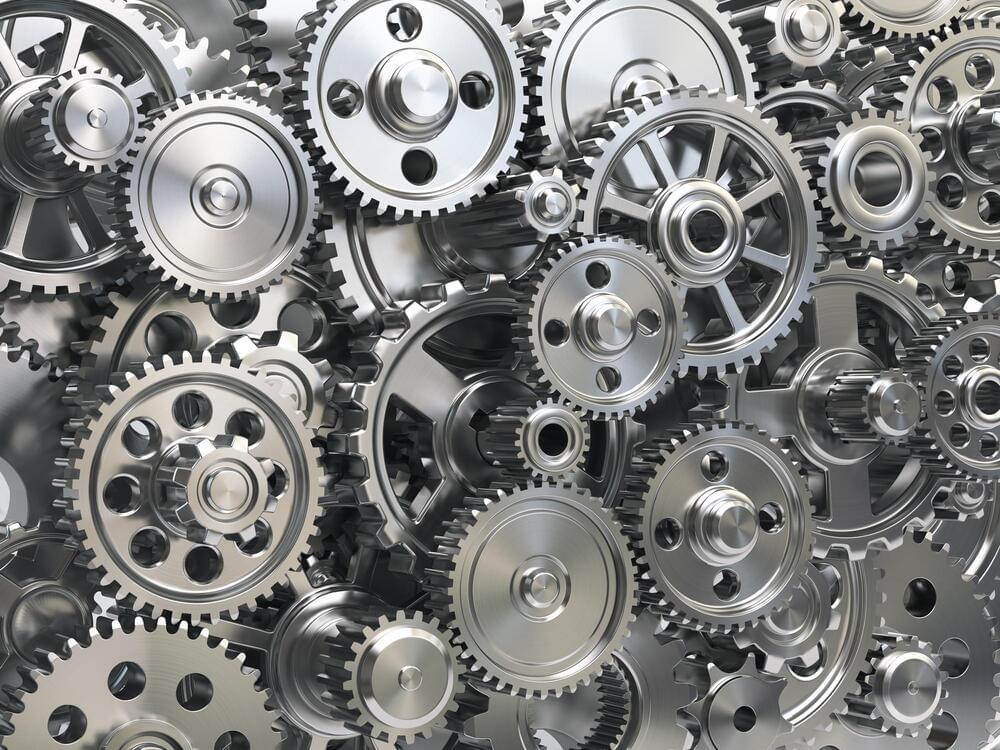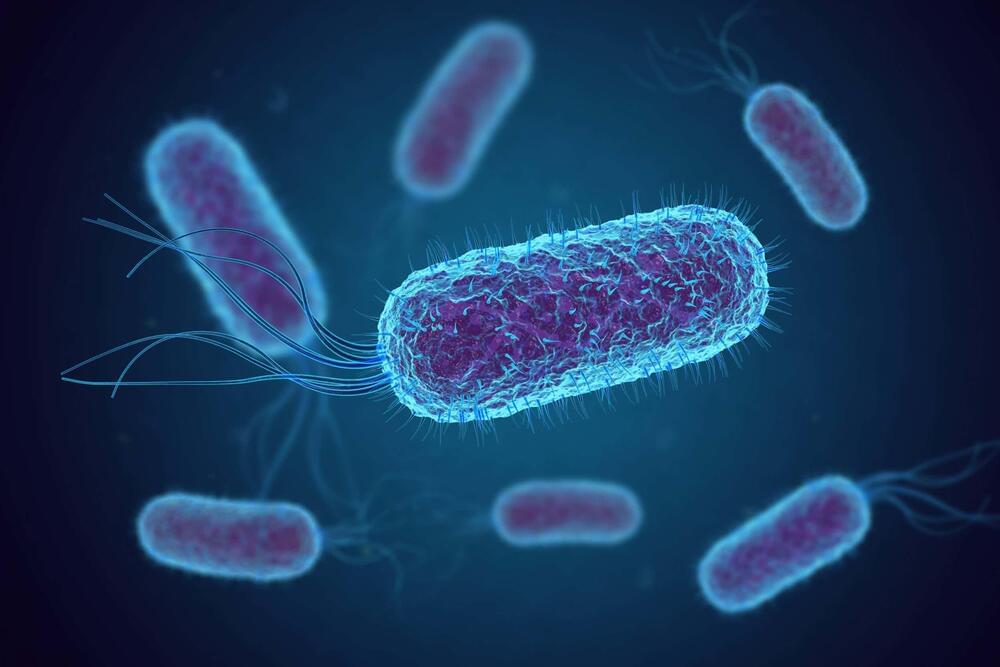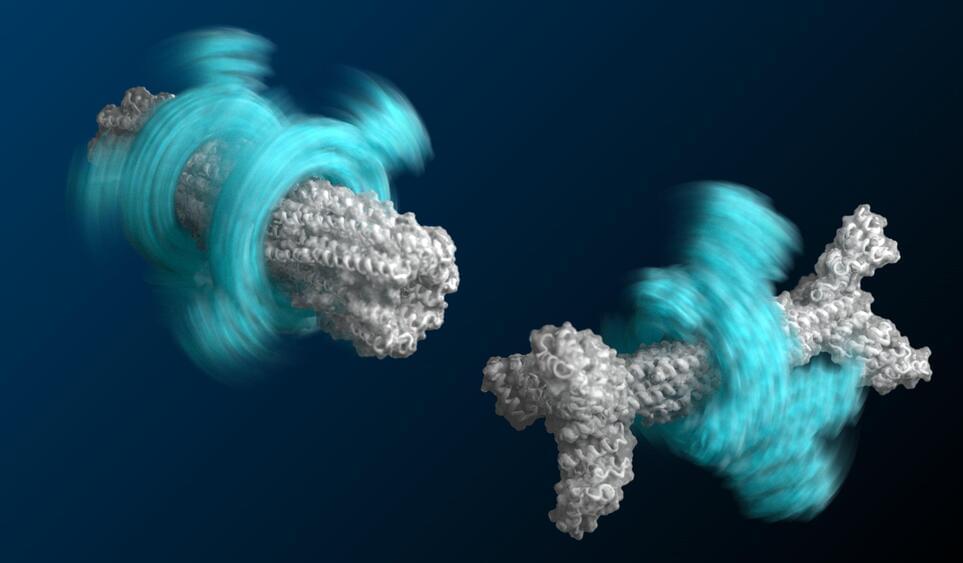Cryostasis Revival by Robert Freitas is the first comprehensive technical exposition how to revive cryonics patients in the future. This 700+ page book with thousands of references, and technical color illustrations, is now available on Amazon in a limited textbook hardcover edition.
Cryostasis is an emergency medical procedure in which a human patient is placed in biological stasis at cryogenic temperatures. A cryopreserved patient can be maintained in this condition indefinitely without suffering additional degradation, but cannot yet be revived using currently available technology. This book presents the first comprehensive conceptual protocol for revival from human cryopreservation, using medical nanorobots. The revival methods presented in this book involve three stages: collecting information from preserved structure, computing how to fix damaged structure, and implementing the repair procedure using nanorobots manufactured in a nanofactory – a system for atomically precise manufacturing that is now visible on the technological horizon.









